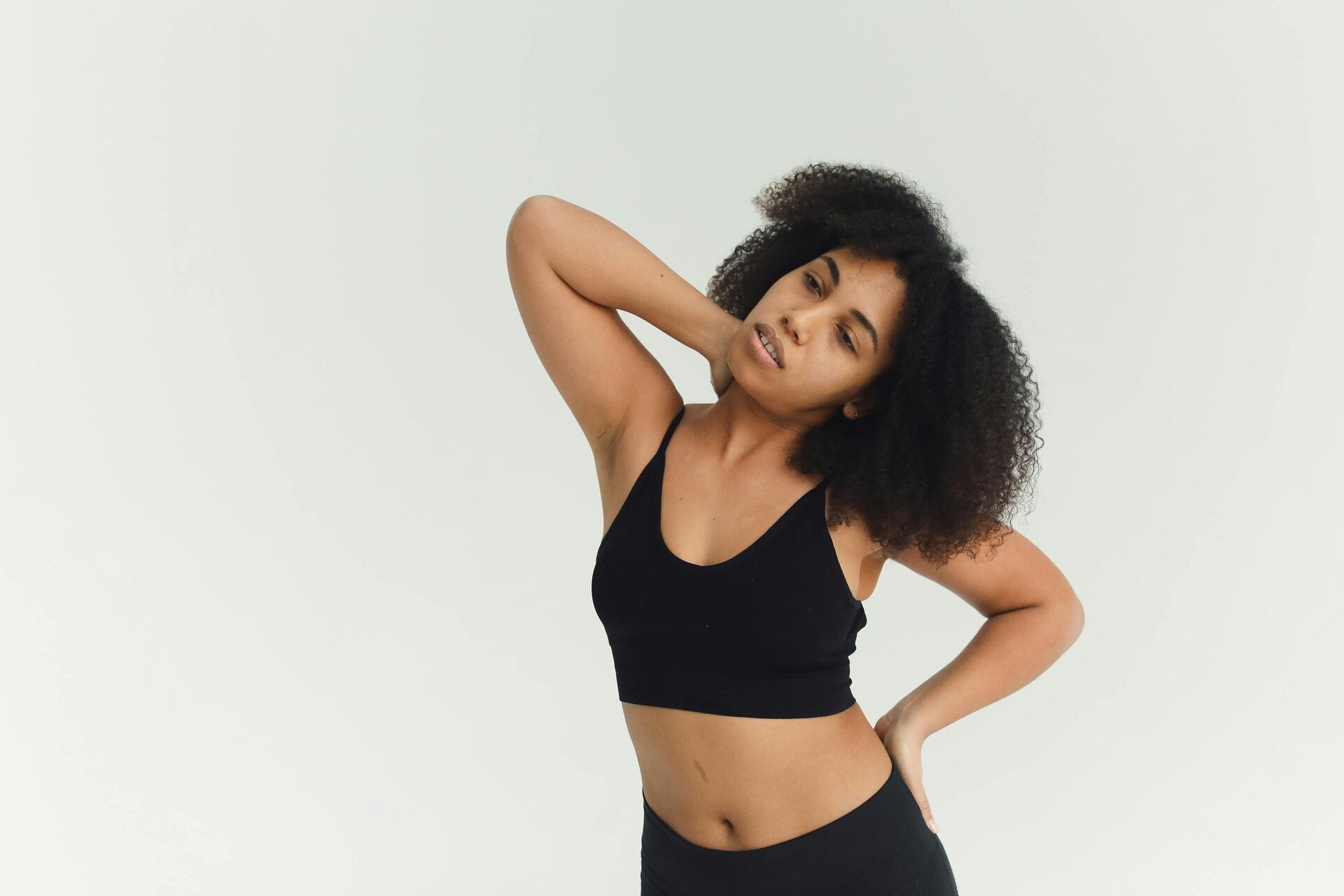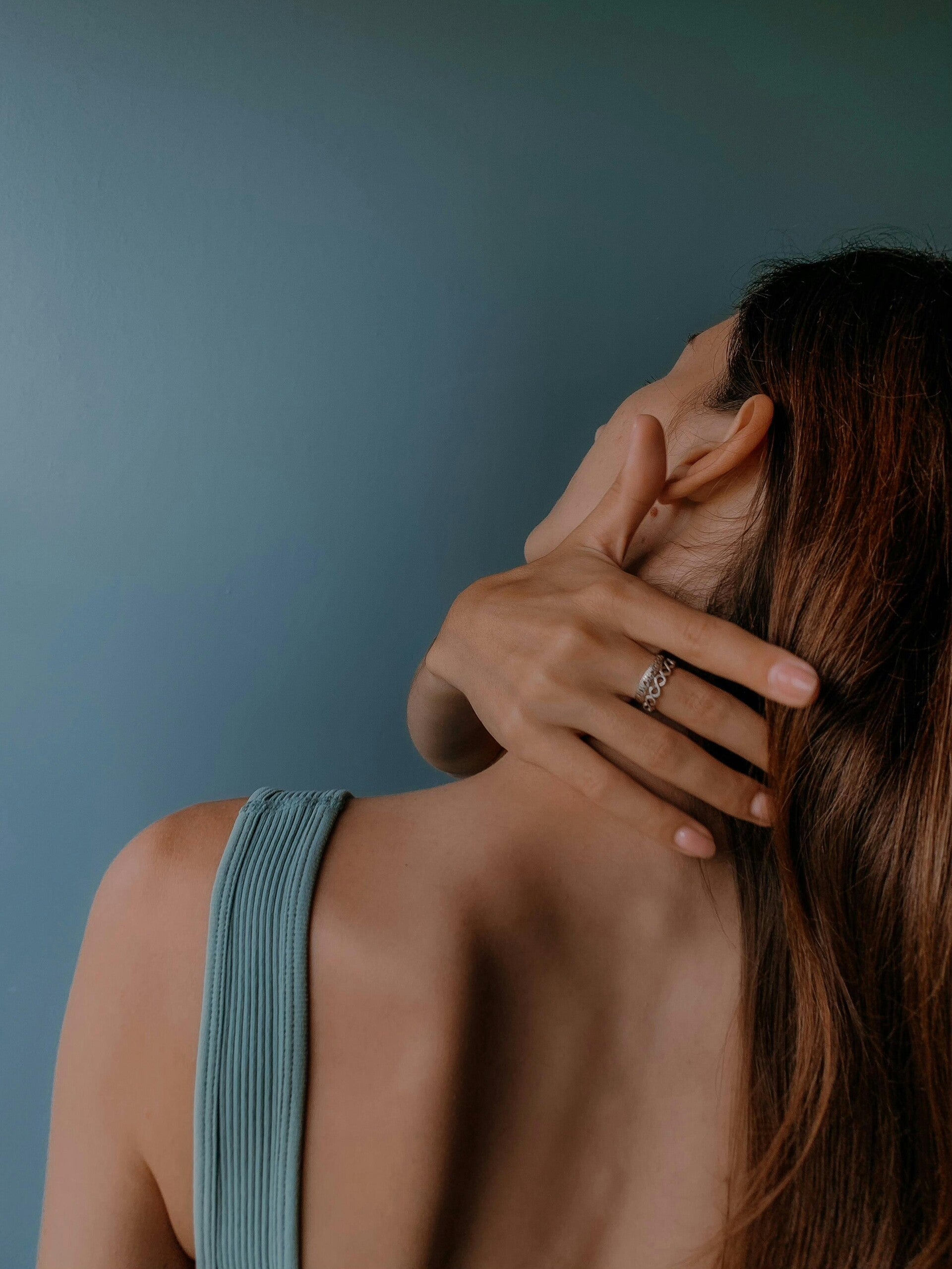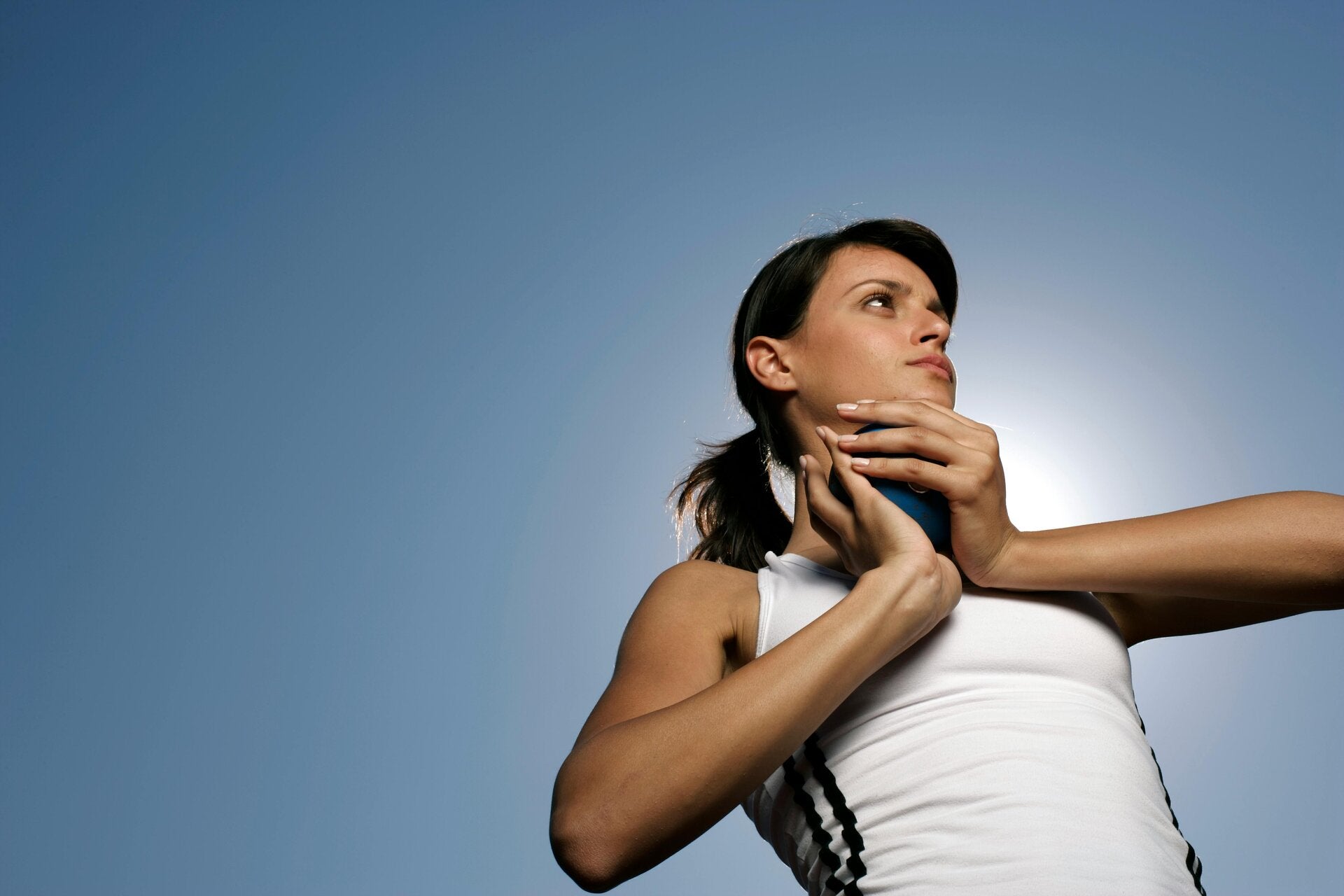Why Exercise Isn’t Always Enough for Muscle Tension — And Why Your Body Often Needs to Unwind First
By The Sanctuary Holistic Studio

you’ve ever tried stretching, Pilates, yoga, or the gym and still felt tight, stiff, or “locked up,” you are not alone. Many people discover that exercise alone doesn’t resolve chronic muscle tension — even when they are doing everything “right.” This doesn’t mean you’re doing anything wrong. It simply means your body may need a different starting point. Modern research suggests that chronic tension is often driven by the nervous system, not just the muscles themselves. In these cases, the body may need gentle unwinding through bodywork therapy, relaxation techniques, and nervous-system regulation before it can fully benefit from strengthening exercises.
This blog explores why tension happens, why exercise sometimes doesn’t create relief, and how a combination of therapeutic touch + gentle movement can support long-term comfort and mobility.

When Muscles Are “Tight,” They’re Often Protecting — Not Weak
Chronic tightness is not always caused by weak or shortened muscles.
Very often, the body is holding tension as a form of protective muscle guarding.
Current literature in pain science shows that persistent muscular tension is strongly influenced by how the brain and nervous system perceive stress, threat, or overload. When the body is under prolonged strain — emotional, physical, or postural — the nervous system can maintain muscles in a higher state of readiness.
This can feel like:
-
Difficulty relaxing your body
-
Waking up stiff even after rest
-
Feeling “tense for no reason”
-
A sense of carrying heaviness or armour
In this state, the body may not respond well to intense strengthening or stretching. Instead, it may tighten further because it still feels the need to protect.

The Role of Fascia in Movement and Tension
The body is wrapped in fascia, a connective tissue network that influences movement, posture, and sensation. Research suggests that:
-
Fascia responds to stress and can become less elastic
-
Fascial stiffness contributes to feelings of tightness
-
Gentle, hands-on techniques can support better tissue glide
-
Improved fascial mobility often makes exercise feel easier and more natural
When fascia is restricted, the body may feel stiff regardless of how much you stretch or exercise.
First restoring softness and mobility to these tissues can enhance the effectiveness of later strengthening work.

Why the Nervous System Matters More Than We Think
Many people with chronic tension are living in a state of sympathetic activation (“fight or flight”).
In this mode, the body naturally increases:
-
Muscle tone
-
Breathing rate
-
Stress hormone levels
-
Pain sensitivity
Scientific literature shows that downregulating the nervous system — through calming touch, slow breathing, or relaxation practices — can shift the body toward parasympathetic response (“rest and restore”).
When the nervous system feels safe, muscles are far more likely to release tension naturally.

Why Exercise Alone Doesn’t Always Create Relief
Exercise is vital for health — but for tension and stiffness, the timing matters.
1. The body may not be ready to stretch or strengthen
If muscles and fascia are in protective mode, stretching can feel ineffective, and strengthening may reinforce tension rather than relieve it.
2. The brain may not recognise new movement patterns
Chronic tension often changes body awareness. Gentle bodywork can help restore this awareness so movement feels more coordinated and comfortable.
3. Stress patterns can override physical effort
If the nervous system perceives stress or overwhelm, the body may return to its familiar tension patterns even after exercise.
How Bodywork Helps the Body “Unwind” First
Many forms of holistic bodywork — including therapeutic massage, gentle fascial work, breath-led touch, and relaxation-based modalities — can support a calmer nervous system, reduced muscle guarding, greater circulation, the release of fascial restrictions, improved body awareness, and easier, more coordinated movement. When the body feels safer and more at ease, exercise becomes more comfortable and effective. Bodywork doesn’t replace exercise; instead, it helps prepare the body so movement and strengthening can work the way they’re meant to — from a foundation of softness, awareness, and nervous-system balance.
The Ideal Sequence: Release → Restore → Strengthen
A gentle, science-backed approach may look like:

1. Release (Unwinding Phase)
Supporting the body to soften protective patterns through:
-
Gentle bodywork
-
Slow, mindful breathing
-
Relaxation practices
-
Light mobility and walking
This helps the body shift out of tension and into safety.
2. Restore (Integration Phase)
Introducing gentle movement once the nervous system is calmer:
-
Mobility exercises
-
Breath-coordinated stretches
-
Low-load functional movements
Here, the body begins to relearn natural, efficient movement.
3. Strengthen (Building Phase)
Once tension has reduced and movement feels freer, strengthening can help:
-
Stabilise new patterns
-
Improve posture
-
Build resilience
-
Support long-term comfort
Research in rehabilitation consistently shows that manual therapy paired with progressive movement supports better outcomes than either approach alone.
If Exercise Hasn’t Helped Your Tension, You’re Not Broken
Your body is not resisting change — it’s protecting you. Sometimes it simply needs a different starting point. By supporting the nervous system first and allowing the body to unwind, you create space for movement, strength, and vitality to return at a steady, natural pace.

Interested in exploring holistic therapies designed to support your wellbeing?
At The Sanctuary Holistic Studio, bodywork is designed to:
-
Encourage the body to unwind
-
Support nervous system regulation
-
Improve comfort and mobility
-
Prepare the body for healthier, more efficient movement
Every session is tailored to be relaxing, supportive, and aligned with your body’s pace.